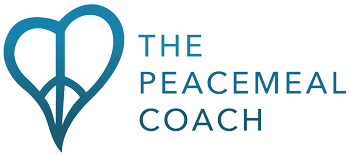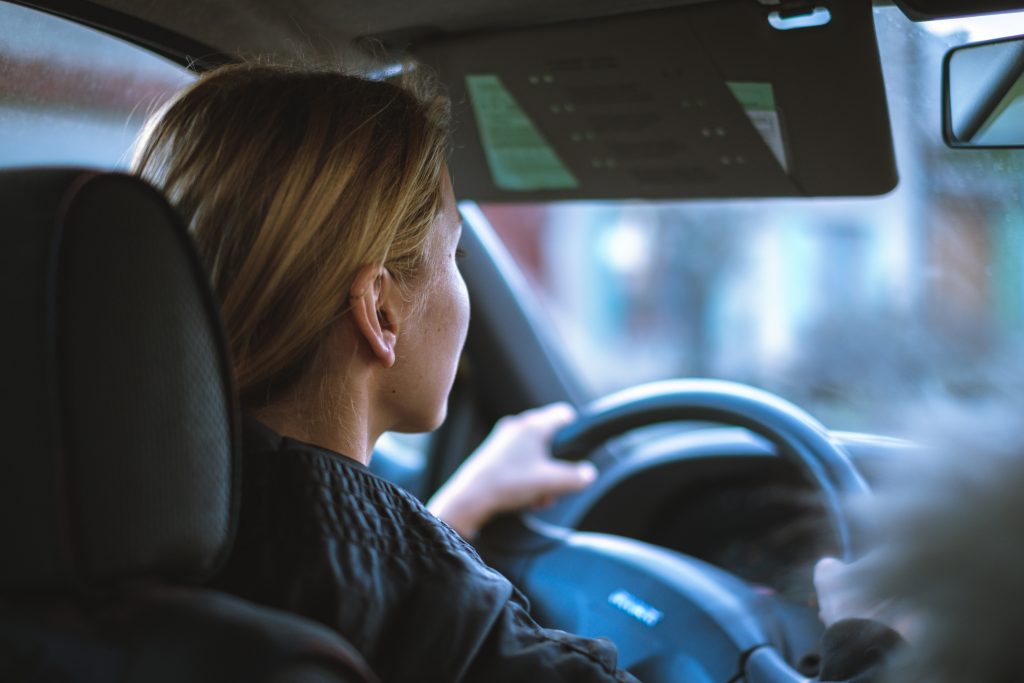Looking back, I realize that my daughter’s sophomore year in high school has become a personal case study regarding the unique challenges facing parents of anorexic teens. I want to share our year of eating lunches in the car story because it provides valuable insights into the role parents of anorexic teens play in their child’s recovery process.
My daughter spent the first six weeks of her tenth grade year at home, determined by her doctor to be medically unable to safely attend school. After being homebound for 6 weeks in order to focus on eating and gaining weight, she really wanted to return to her classes. It was something my husband and I decided would be a good idea because she loved school. We thought the anxiety of not being there to stay involved in her studies was hurting her overall recovery. At the same time, we knew she wasn’t ready to eat lunch in the cafeteria with her friends. We worried she could lose the significant progress she had made at home over the last several weeks, so we wanted to be careful. By this time, we understood enough about anorexia to know that an unsupervised lunch at school could easily become an opportunity for her to restrict her eating again.
Insight # 1: Parents may know better than the treatment professionals what will work for their child.
Once we decided it was time for our daughter to return to school, we went about figuring out the best way for her to do so. If felt like a hard thing to do. First of all, her doctor didn’t agree with my husband and myself that she should return to school. Understandably, her doctor wanted the focus to remain on eating and weight gain without the physical and emotional strain of high school. Because my husband and I asserted that her anxiety was higher at home focused solely on eating than it would be if she got to go back to school, we were able to reach a compromise. She went back to school part time until her doctor determined she was medically stable enough to return full time.
Our daughter’s doctor believed that because she was a teen with anorexia, and therefore already had high levels of anxiety, that school would increase her stress and therefore must be avoided. Generally, those are sound principles, and we appreciated the doctor’s concern. But as applied to my daughter, a serious student, the opposite was true: being unable to keep up with her studies was compounding her anxiety.
I was confident that going back to school would work to reduce my daughter’s anxiety, and it did. She began to improve almost immediately. Her anxiety levels decreased significantly, she became less isolated, and she expressed that she felt like she had part of her life back.
Insight # 2: Sometimes the available solutions aren’t good enough.
Once she went back to school full-time, we wanted to make sure she didn’t lose any of the daily nutrition that we had worked so hard to establish. We needed to decide how to manage school lunches. Some ideas suggested were: to get the school nurse to supervise her lunch in the nurse’s office; to have her eat in the counselor’s office with the counselor nearby; to have me come into the counselor’s office during her lunch period while she ate; or, to remain a part-time homebound student so that her lunches could be eaten at home. These options were all possibilities that could have worked, and depending on a family’s situation, might have been effective.
In our case, none of the above solutions were good options. She didn’t know the school nurse. She hardly knew the school counselor. I knew neither. The learning curve for anorexia had been so steep for me, that I knew that if the nurse or counselor had to take on the responsibility of feeding her, that they most likely would not have been prepared for the resistance she had toward eating. I knew it could be an opportunity for her not to eat or to eat less than she had been eating at home. I also couldn’t imagine myself going into the office and eating lunch with her. If at all possible, I didn’t want to rely on an environment that wasn’t designed to support her specific needs.
Insight # 3: When a challenge presents itself, parents can create the ideal solution.
In hindsight, I am proud of the solution I came up with when we didn’t think any of the available solutions were going to be successful. It turned out to be a simple solution to what felt like a complicated problem: I prepared her lunch, packed it up, drove to her high school, and she came out to the car during her lunch period. We ate lunch together in the car every school day for the remainder of her sophomore year.
In the beginning, I didn’t know if this strategy would work. I also wasn’t clear on how it was going to work. While I didn’t let either of those things keep me from trying to figure it out, I had my doubts. When I thought about the possibility of coming up with a new solution, my brain tried to tell me it was not a good idea, and that I should stick with one of the choices that had been suggested to me. But because I didn’t think any of those solutions were going to be helpful to my daughter, I decided to create a new one.
How To Create Your Ideal Solution
Using a step-by-step process provided me with a way to get to a solution I otherwise may not have considered. Here is the decision-making method I used and that I recommend to my clients:
1. Ask yourself: What is the problem or challenge that is facing you?
2. Do a download of what you are thinking about this challenge by writing down all of your thoughts about it along with any ideas or solutions you know of or can come up with, no matter how crazy they may sound.
3. Come up with a powerful question to ask that combines the elements that are necessary for the solution to be a good one. For example, in our case, the powerful question I came up with was: How can she return to school AND still have her lunch supervised (preferably, by me) in a private location?
4. Write down the answer to your powerful question. This will become your ideal solution.
5. Make a list of the steps you need to take to implement your ideal solution, making adjustments wherever necessary to get to the best solution possible for you and your family.
6. Give your solution a try.
Being willing to come up with solutions that we never would have thought possible, being willing to figure out how to do what works for us and our families without having a blueprint to go by or a perfect solution laid out ahead of us, is an ability that we all have, but that we may not think of using when the drama of anorexia takes over.
Insight # 4: There is no perfect “how” when it comes to anorexia recovery.
As parents, we are in the best position to fill in the gaps that currently exist in anorexia treatment. But how can we do anything when we don’t know how, when nothing anyone has suggested has made a difference, when all of the treatments and tactics have so far failed?
The good news is that we don’t have to know exactly “how.” We are allowed to put our thinking caps on and come up with a plan that we believe can work. If it works, great! If it doesn’t, we make adjustments, and try again. Trial and error are part of the recovery process, and the “how” will be different for every family.
When I first came up with the idea to have my daughter meet me in my car for lunch at school, I didn’t know how it would work. l wasn’t sure the high school administration would allow it. I thought it might entail passes that had to be signed daily, or that I might have to go to the office and present my driver’s license every day to take her out of school and check her back in. It turned out that we were able to get her a pass that enabled her to go to my car and stay with me during her lunch period, and that didn’t expire until the end of the school year.
We settled into the new routine of having lunch in the car on school days, and continued it for the remainder of her sophomore year. What started as an experimental idea turned into an opportunity for our daughter to transition back to school without losing any of the progress we had made at home.
If I had let the fact that I didn’t know how to transition my teen back to school while maintaining her food intake, I wouldn’t have created a new solution. If, after I created a solution, I had let the fact that I didn’t know how to implement it keep me from trying, I would have missed out on what became our ideal solution.
Insight # 5: Trusting ourselves to make decisions is one of the best things we can do to help our anorexic teens.
I encourage parents to trust themselves to create new ways to manage the unexpected challenges that anorexia presents. I was completely out of my comfort zone making this particular solution a reality, but I am so happy that I did it. I was aware that setbacks can happen when kids go back to school and lunches don’t get eaten, so I trusted myself to fill in the possible gap that could have occurred if her lunches had been unsupervised or someone without knowledge of anorexia had been responsible for requiring her to eat.
I didn’t expect to have positive memories of the year of lunches in the car with my daughter, but I cherish that time we had together. We talked. She ate. She told me about school, her classes, her friends. When she was smiling, I was there to see it. When she was anxious, I was there to support her.
At first, I didn’t know if my plan to have lunch in the car would work. I thought she might hate it, that she might resent me. It turned out to be perfect. When I see how my daughter is thriving today, I am so grateful that I allowed myself to create a solution that no one else offered, but that was just right for us.
I love helping parents discover how important they are to their teen’s recovery. Please contact me to find out more about my Peacemeal Program and how it can help you.





